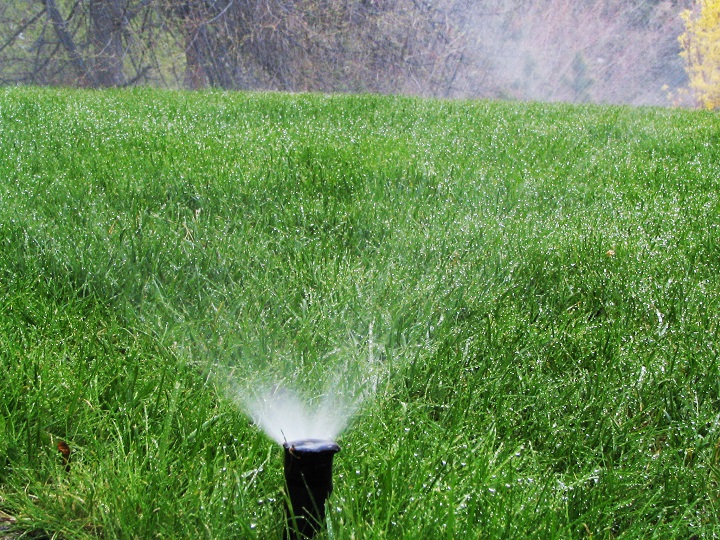Peterborough and area residents are being asked to continue to reduce their water consumption by 20 per cent.

Otonabee Conservation’s jurisdiction includes Peterborough, sections of the City of Kawartha Lakes, the municipality of Trent Hills and the townships of Selwyn, Douro-Dummer, Asphodel-Norwood, Otonabee-South Monaghan and Cavan Monaghan.
The conservation authority’s water response team says rainfall receipts are below 60 per cent of normal levels, with the months of May, June and July making up the driest three-month period since Confederation in 1867.
July was also 15 per cent hotter than normal, including 13 days when the daytime high reached 30 C — the last time that day total was reached was in 1955, Otonabee Conservation noted.
There are also concerns about Jackson Creek in Peterborough as its average flow in May was 89 per cent of normal, which then was reduced to 50 per cent in June and 16 per cent in July.

Get daily National news
“July’s extremely low flows could possibly harm Jackson Creek ecosystems if relief in the form of sustained rainfall does not come soon,” said Gordon Earle, Otonabee Conservation’s water resources technologist.
“We received two significant rainfalls on July 11 and Aug. 2, and since then, several smaller, short bursts of rain, which have only provided cosmetic relief from drought conditions,” Earle said.
“To break the current drought and bring soil moisture content, surface water levels/flows, and groundwater resources within normal range, we would need multiple soaking rainfall events over the entire region and over many weeks. However, meteorologists are forecasting the same above-normal air temperatures and below-normal rainfall patterns and amounts for the remainder of this year.”
Visit Otonabee Conservation’s website for tips on how to reduce water use by 20 per cent.





Comments